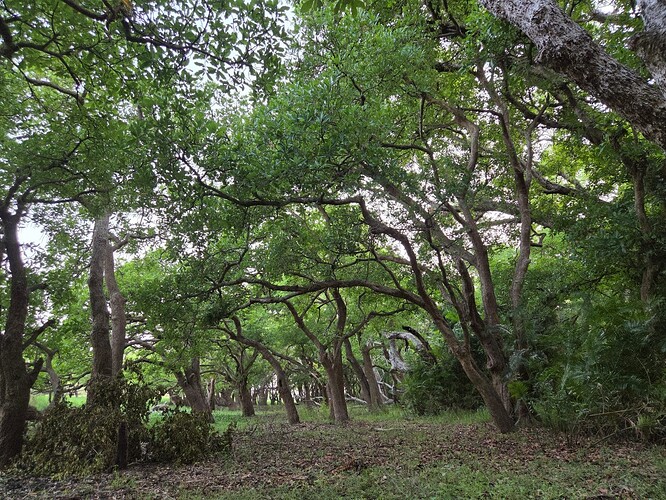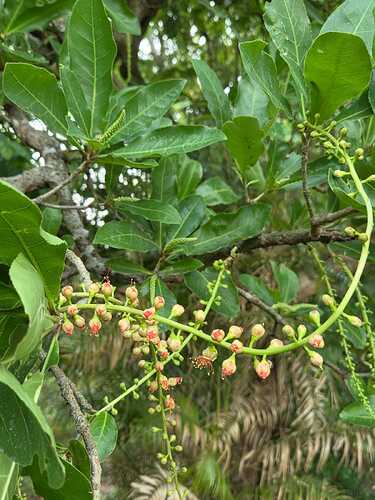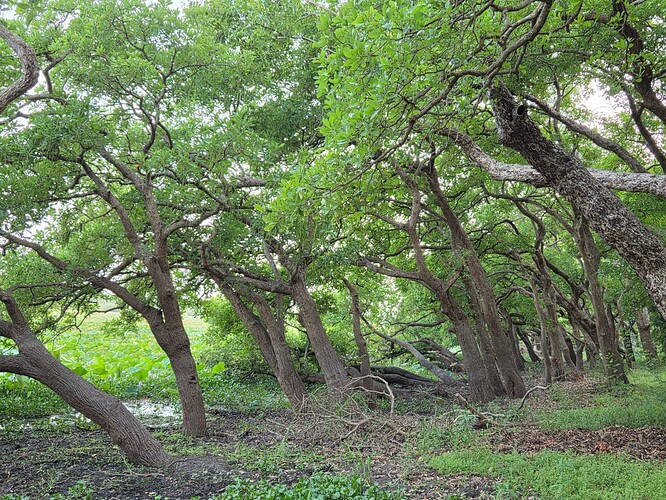Exploring the Hidden Wetlands of Maharajganj: A Visit to Singrahana Taal
During a conversation with the Forest Department in Maharajganj, the Divisional Forest Officer mentioned something unexpected—the presence of Barringtonia Acutangula, a freshwater mangrove species, growing in Singrahana Taal, a 100-hectare inland lake deep inside the Chowk range of the Sohagi Barwa Wildlife Sanctuary.
Mangroves are typically associated with coastal regions and brackish water. So the idea of a mangrove species growing in freshwater was both surprising and intriguing. Locally known as Paniaha, these trees stand rooted in water, forming a striking landscape with their trunks rising straight from the lake.
Curious to see it for ourselves, our team from the Bioregional Centre of Excellence set out to visit the site. After a long drive through the sanctuary, we reached the lake and were met with a quiet, immersive landscape. The Barringtonia trees stood tall in water, surrounded by forest on all sides.
Seeing this ecosystem firsthand was a reminder of how much remains to be discovered and understood in our local landscapes. Places like Singrahana Taal hold ecological value that is not always documented, but is deeply significant.
The visit has opened up new lines of thought for us—around wetland ecosystems, local biodiversity, and the importance of continued field exploration. It also reinforces the need to bring attention to such unique ecological features through research, dialogue, and conservation action.


